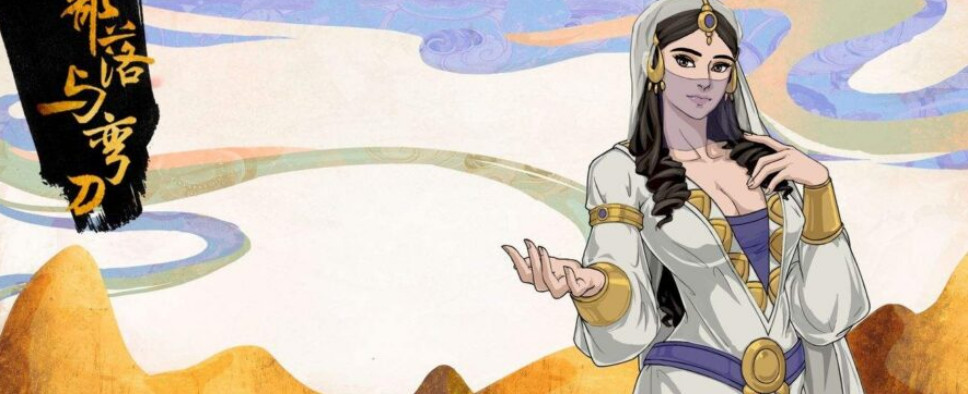Sands of Salzaar Review - Page 3
-
Category: ReviewsHits: 10610

Article Index
Speaking of which. Each of the game's factions has a unique upgrade tree for their units that come in squads of up to about ten soldiers. But then, you also have a number of minor factions that act as bandits. If you keep fighting those bandits, they'll recognize your strength and will try to get away when encountering you. If you keep hunting them down, they'll become stronger. But if at some point you reach the point where they want to run away, and instead of forcing a fight you let them go, they'll eventually trust you enough to let you recruit their unique troops. And on top of that, there's also a great number of neutral troops with their own advancement opportunities.
So, let's talk about what you'll be doing with all those units. If you know your Mount & Blade, I'm guessing you're very familiar with the idea of putting your archers on some hill, protecting them with a shield wall, and using your cavalry to flank the enemy.
Well, that's not exactly how things work here. After a battle starts, you only get a second or two to get your bearings before your disorganized horde of units clashes with the enemy, and trying to effectively control all this becomes all but impossible. Usually, games tend to have animations that are too slow. Sands of Salzaar has the opposite problem. Everything just happens way too fast. And with up to several hundreds of units on the screen at once, it can get so busy with all the effects, you'll have trouble determining what's going on or where your character even is.
In fact, when putting the game's title through a translator, instead of Sands of Salzaar, we get The Horde and the Scimitar. And that really is an apt title, I feel.
Apart from regular army battles, the game also has dungeons where you can only use your companions, and sieges. The latter task you with capturing and holding a number of strategic points on the map.
And because things can get really chaotic, the game lets you automate unit AI, allowing you to only focus on your main character. And that turns the game's combat system into something more akin to a Diablo-like action-RPG.
How does that work? Well, the game has a number of playable classes, each with its own unique skill tree. For my main playthrough, I played as a Shaman. I could summon wolves and bears and even had the ability to send a stampede of beasts after my foes. I could also transform into a bear, and after completing my class quest, a dragon.
That was a pretty strong kit. But then some other classes can supplement their starting skills by learning magic from special trainers. And pretty much everyone can use the rare skill tomes that allow you to learn "neutral" skills.
You can further customize your character through the talent tree that allows you to become a better merchant, leader, or diplomat. Some of the talents are quite useful, while others can be a bit on the underwhelming side. I'll be honest though, I'm not 100% sure what gives you new talent points, but I think you get them by completing quests and tackling various challenges.
I wasn't a huge fan of the fact that while originally you have plenty of options, eventually you'll be able to unlock most of your skills and talents, and that just doesn't seem all that fun to me. I like to make choices when developing a character, not merely become stronger. The same goes for attributes that exist, but just go up on their own as you gain levels, and as such, they're not really worth mentioning.
On the other hand, weapons and armor are pretty important. I was really surprised when at one point I couldn't defeat an enemy before swapping my scimitar for a spear. And as it turned out, both you and your units have different armor types that determine how well certain weapons work against them. It's nice to have that in the game.

